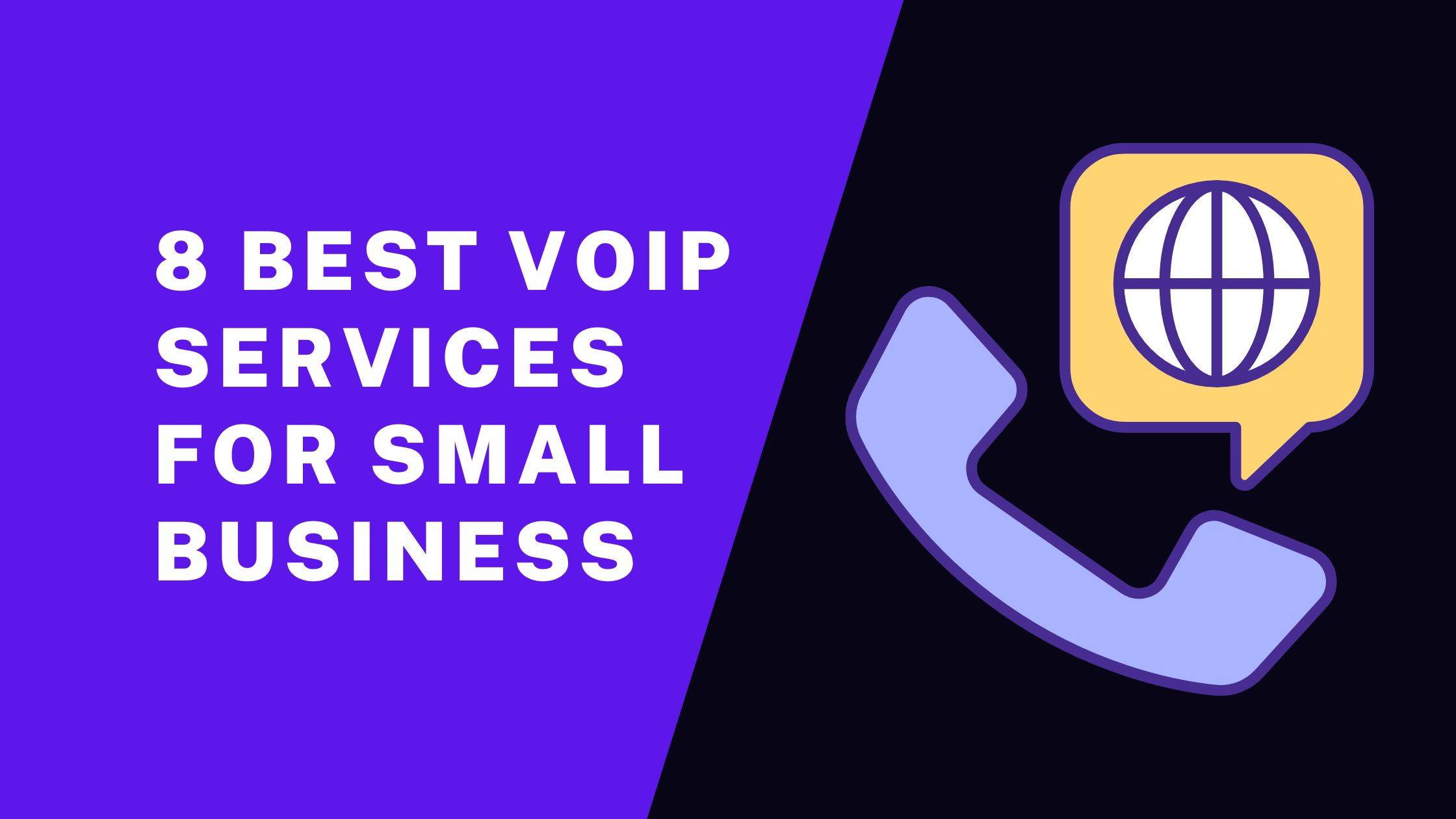How to Make a Successful Website
Our websites should serve as the focal point for our sales and marketing efforts. Find out how you can drive users to your brand
Irrespective of whether you are on a shoestring budget trying to do the best you can with your website or if you have an enterprise-level operation, a solid website can This can open up a lot of opportunities for you.
For a website to be good, the visitor must be considered first, a positive user experience must be provided, and marketing tools can easily be generated as well.
It is a great thing that you invest in digital marketing, but you need to make sure you deliver an experience on your website to attract customers.
Here are 11 tips on How to Make a Successful Website
1. Defining your goals
It is always a good idea to set goals when undertaking a web project or marketing campaign, however, we need to consider both our own goals as well as our users’ needs.

For our website to generate traffic, leads, and sales, we need to make sure that we truly know what our target audience wants and that we can deliver it to them in a satisfactory manner.
It should not be difficult to define your organization’s goals and those of your end-users without too much trouble.
If your goals don’t align, then you will likely have a problem where you may be trying to make a profit yet not be able to provide your audience with the product and experience they want.
In this day and age, it is painful to invest time and money into building a site only to discover that everyone is bouncing off and no one understands why they should buy from you. There is a big sign here that you focused too much on your end goals instead of theirs.
2 Budget

Learning how to make a successful website to make sure you are prepared to invest in your web presence. In my experience, there are a lot of brands that overspend on their sites and then go cheap on marketing. Then some are only interested in marketing and won’t put any effort into their websites.
Choose the right CMS, technology, and type of site for your business.
Is it off the shelf? You must become aware of your limitations so that you don’t have to throw your project away and start over before you start to see a return on your investment.
What about custom design and/or custom coding? Make sure that this isn’t overkilled and that it won’t move until too far into the future your breakeven point.
Make sure you don’t oversell or undersell your product. Make sure you know how much your upfront investment is and how much your incremental investment is as well so you can make the right decision to support your business.
3. Get to know your audience and earn their trust

It is very important to be clear and transparent in what you are offering and what you would like your audience to do.
You need to know what motivates them and what you are good at.
You can leverage that to your advantage.
The problem is that the majority of websites fail to connect with visitors in a way that will garner trust and, ultimately, improve sales and leads.
There is a prime example I see often on eCommerce sites (and even service company websites) that does not have a formal About Us page on the site.
The user wants to know who they are doing business with, not that you’re just another commodity site in the space. Your website will not be able to speak for you if you cannot put names, pictures, stories, culture, philosophy, or some other type of information on it.
Your intentions matter to your customers. It is in the best interests of a shopper, even if they are looking for the lowest price, to feel like you are a legitimate business before divulging their credit card information.
4. Make yourself stand out
Differentiation is the key to success. Even with a template, you can look different. By customizing imagery and styles to fit your brand, you can stand out. This is part of the process of earning a person’s trust.
As you tell your story and incorporate factors such as price, quality, customer service, what you do with profits, and how you give back, etc., your story takes on a life of its own.
Create a bond between you and your customers so that your site stands out from the rest of the templated sites that sell the same products or services.
5. focus on user-friendliness and customer experience
You should make it easy for your audience to find the content they are looking for. You might want to land users on your video pages if your website is a viral video website. Make sure that you display the product or service information with as few clicks as possible, especially if you have a lot of products.
If you have a lot of products, try to display the information about your products or services in a few clicks as possible, especially if you have a lot of products.
Don’t assume that a user will be willing to click several times to get to the latest cat video or the hot selling product that everyone wants to see.
6. Be sure to remember the fundamentals of SEO
It sounds basic, but don’t forget about SEO in the process of creating your site. You should at least be aware of how search engines crawl and index your content and make sure that the basic on-page factors are optimized.
There are many ways to make this easy, including plugins and semantic coding. SEO involves technical aspects and goes beyond on-page elements, but if you can ensure that your content is indexed (and is being indexed) and that you’re customizing your on-page elements to represent what your content is all about, then you’ve won half the battle.
7. Make sure that your landing pages are optimized for conversions
The landing page is one of the best tools for marketing campaigns. This includes PPC ads, email marketing campaigns, inbound marketing activities, and more.
If your business operates in any form of marketing, you must have a system that allows for the quick creation and personalization of your landing pages.
If you operate any sort of business that involves any marketing firm, you must have a system that allows the quick creation and personalization of your landing pages.
8. You should use your analytics to help you
You should use your analytics to help you with your business It’s important to have information about demographics, goal completions, and more that you will not be able to get unless you take a few quick steps to set things up.
Do not assume that you will be able to set it and forget it and then recheck it a couple of months later to see what has changed. Using Google Analytics does not have to be a daily task for you.
After getting it customized, at the very least, set up some reports and alerts so you have a pulse of what’s working and what’s not so you can adjust on the fly rather than waiting until it’s too late.
9. You can learn a lot from heat mapping
The use of heat mapping and on-page analytics tools are excellent ways of providing additional information regarding the user experience on your website.
Many of the factors that determine a website’s success are UX-related. Lucky Orange (I’m a customer and fan, not an endorser) can show you how far users scroll, where their mouse tracks, how many fields they complete before leaving, where they get stuck on your site, and a lot more than Google Analytics can.
The more you monitor this level of detail, the more you can fix UX hang-ups and further improve the site to see success.
10. Make sure that your website is working at all times
We often think only about uptime when it comes to making sure that our websites are working. Despite this, you may not notice issues like JavaScript not firing, buttons not working, a browser-specific bug, or issues with the mobile experience if you don’t have the right protocols in place.
By only watching sales data and monitoring uptime, you may miss the fact that a segment of your audience is having a problem. In many cases, users will not seek you out and contact you if they can’t purchase the products or services they want – they’ll just leave.
Have you ever updated a plugin in the WordPress admin recently by clicking a button? Make sure you know if that broke anything. Make sure that your code is functional and cross-browser tested before you submit it.
11. Continuously listen and learn
Don’t assume anything. When it comes to marketing, we’re good at optimizing and learning along the way. SEO is an ongoing process that includes fine-tuning regularly.
Make sure that your website is not just a static place with a different management philosophy. Learn from your target audience and users. To achieve this, you can use social media, customer service channels, analytics, heat maps, and any other data and touchpoints that you have.
Provide feedback and ways to improve your website so that it can grow and evolve with your business.
Conclusion
As the majority of things that lead to a successful website are related to user experience and your brand, it is important to understand and leverage technology, insights, and feedback. Your website will be optimized and refined over time. Optimization isn’t just for SEO.














